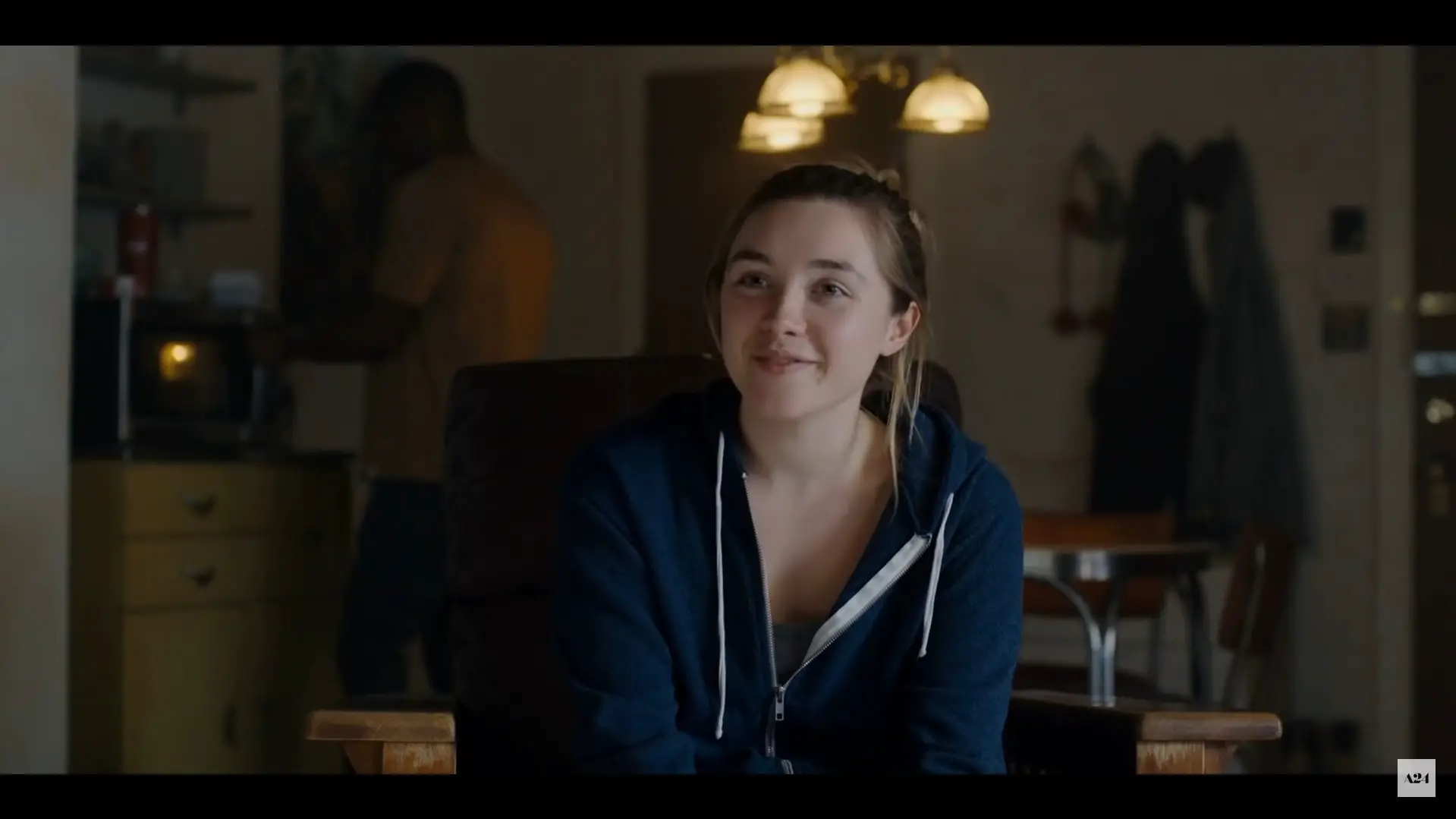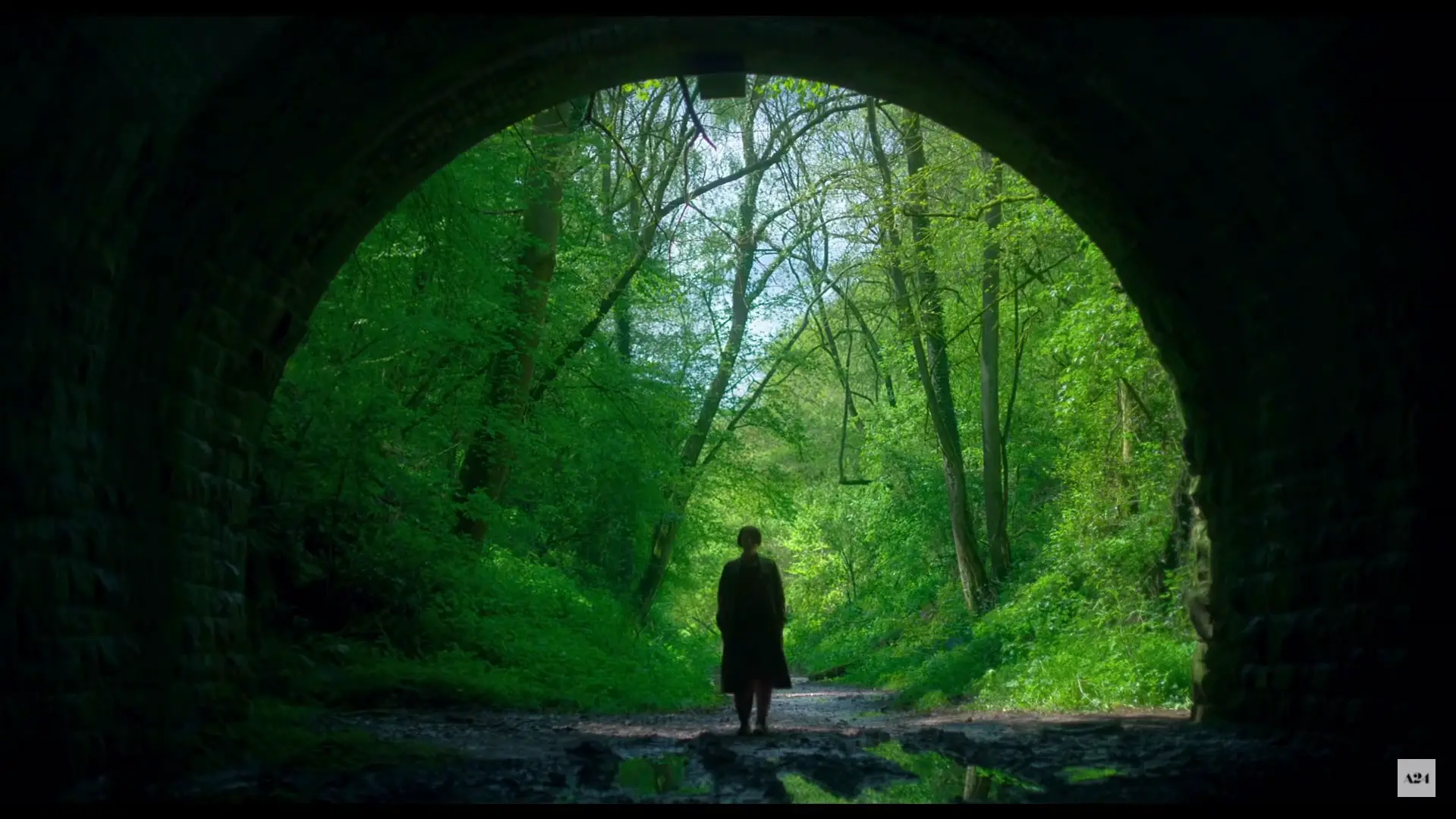
Folk Horror Movies
Folk horror movies are a subgenre of horror that draws on rural settings, ancient traditions, pagan beliefs, and the eerie power of nature. These films typically explore isolated communities and forgotten rituals, creating a sense of dread rooted not in the supernatural alone, but in cultural memory, myth, and the fear of the old ways returning.
One of the most influential folk horror films is The Wicker Man (1973), in which a police officer investigates a missing child on a remote Scottish island, only to uncover a pagan cult. The film’s slow-burning tension, strange customs, and haunting atmosphere set the tone for many that followed. Alongside The Blood on Satan’s Claw (1971) and Witchfinder General (1968), it forms what fans call the “Unholy Trinity” of British folk horror.
More recent entries like The Witch (2015) and Midsommar (2019) have revived interest in the genre. The Witch places a Puritan family on the edge of an ominous forest, exploring religious paranoia and supernatural suggestion. Midsommar brings the genre into broad daylight, with a modern group of friends encountering terrifying traditions in a remote Swedish village.
Folk horror is distinct for its emphasis on landscape, ritual, and the clash between modernity and ancient belief systems. Often, the horror arises from a sense that something deeply rooted and forgotten is resurfacing—something primal and inescapable.
These films tend to be slow-paced, atmospheric, and psychologically unsettling. They explore themes like sacrifice, fertility, community control, and the terror of being an outsider. Nature is rarely comforting in folk horror—it is wild, mysterious, and often vengeful.
At its core, folk horror taps into the fear of the unfamiliar hidden within the familiar, reminding us that sometimes the most terrifying monsters are not otherworldly, but ancient human beliefs that never truly died.


The Witch



